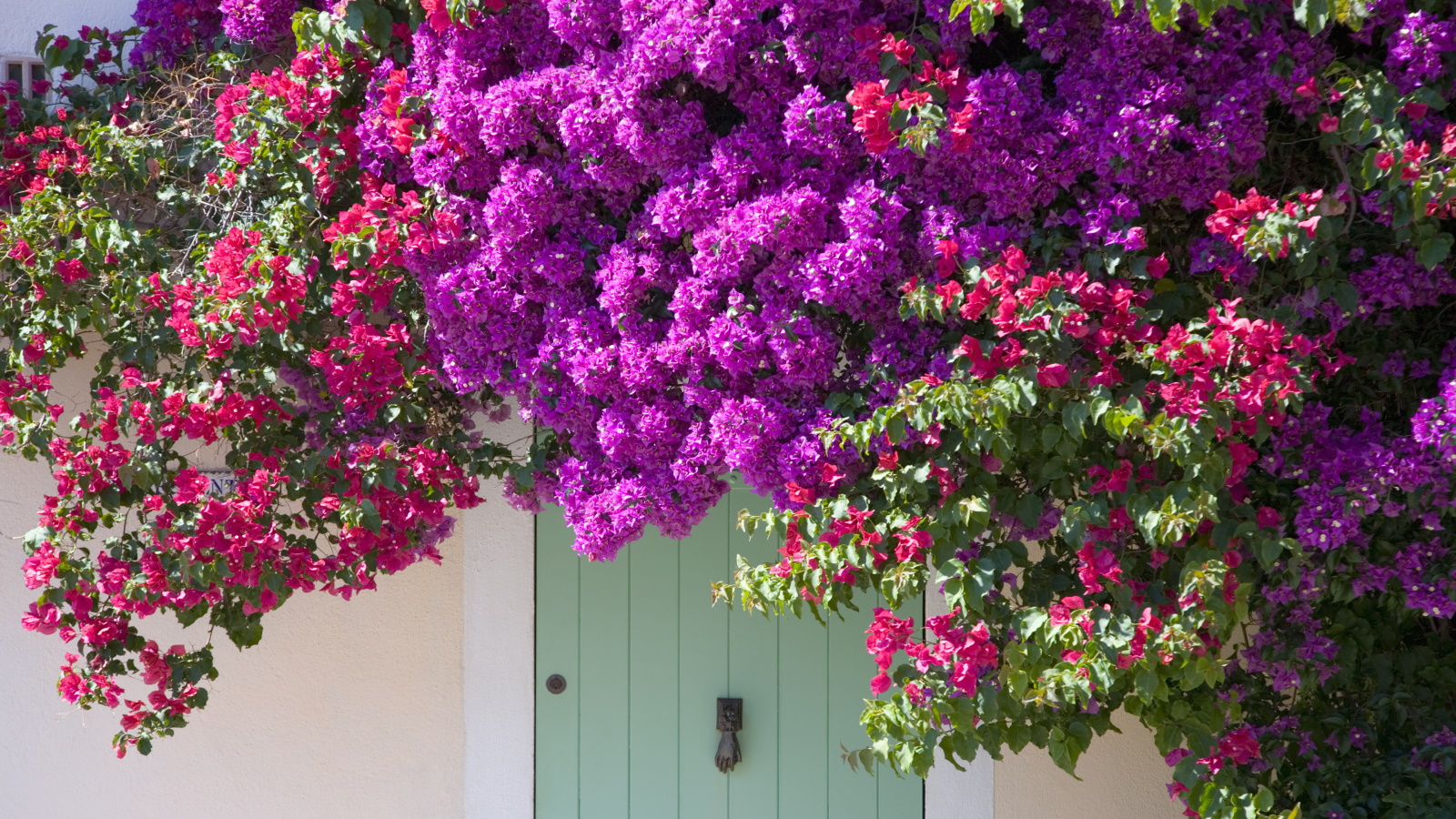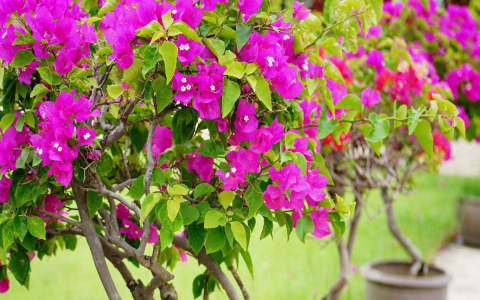Alright, so my bougainvillea just wasn’t flowering. It was driving me nuts. All leaves, no pretty colors. I mean, that’s the whole point of a bougainvillea, right? For the flowers! For ages, it was just green, looking healthy enough, but stubbornly refusing to put on a show.
My First Attempts Went Nowhere
Initially, I did what most people probably do. I figured, maybe it needs more water? So, I watered it. Then I thought, maybe it’s hungry? So, I threw some general-purpose plant food at it. You know, the stuff you use for everything. Nothing. Still just a very enthusiastic green bush. I was getting a bit fed up, honestly. You see all these pictures of bougainvilleas dripping with color, and mine looked like it was actively boycotting the whole flowering business.

It kind of reminds me of this one time with some fancy chilies I tried to grow. Everyone online was like, “Oh, they’re super easy, just do this and that.” I followed all the advice, bought special soil, the whole shebang. Got about three tiny chilies that tasted like disappointment. Sometimes, you just gotta figure things out your own way, through trial and error, you know? All that internet advice can send you down a rabbit hole. One site says one thing, another says the complete opposite. Who do you even believe?
Figuring Out the Food Situation
So, I decided to really look into what these bougainvilleas actually want, not just what I thought they wanted. The first big thing I stumbled upon was the fertilizer. It turns out, these plants are a bit particular. If you give them too much nitrogen, that first number on the fertilizer bag, they get super happy making leaves. Loads and loads of green leaves. But flowers? Nope. Not interested.
I had to switch things up. I started looking for fertilizers that were low in nitrogen. You might see something like a 2-10-10, where the first number is much lower than the others. That’s the kind of stuff they seem to prefer if you want blooms. Even a balanced fertilizer, like a 6-6-6 or an 8-8-8, is often better than just a high-nitrogen growth booster. I also read somewhere that they sometimes like a bit of extra iron, so occasionally I’d add a sprinkle of Ironite or something similar if the leaves looked a bit pale. That seemed to help with the overall health, too.
The Watering Drama
Then there was the watering. Oh boy. I think I was definitely over-watering it at first. It’s easy to do, you think you’re being kind, but you’re actually making things worse. If you’re seeing your bougainvillea’s leaves turn a kind of sickly light green or even yellow, and the soil just feels constantly damp or soggy, that’s a big red flag. You’re probably drowning its roots.
These plants, believe it or not, actually like it a bit on the dry side. They come from places where it doesn’t rain all the time. So, I started to let the soil dry out quite a bit between waterings. Like, really dry out. Some people even say a little bit of stress actually encourages them to flower. I’m not sure about deliberately stressing them, but definitely cutting back on the constant H2O was a game changer.
Finally, Some Color!
So, after adjusting the food to something with less nitrogen and being much more careful with the watering, letting it dry out properly, things started to change. It wasn’t instant, mind you. Plants do things on their own schedule. But slowly, surely, I started seeing those little bracts forming, the colorful bits we all love. It took a bit of patience, and a bit of ignoring all the generic advice I’d heard before, but we got there. Now it actually looks like a bougainvillea should!
It just goes to show, sometimes you’ve got to dig a little deeper and not just follow the crowd. What works for one person’s plant in one place might not work for yours. A little bit of experimenting, and paying attention to what the plant itself is telling you, goes a long way.






















